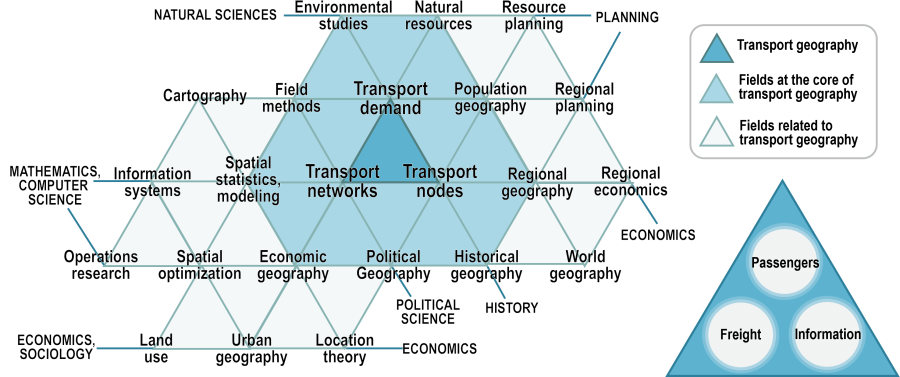
When it comes to crop circles, two facts are indisputable. One, the crop patterns that have been appearing in fields around the world since the early 1970s defy logical explanation. Two, some people believe that these massive images have alien origins and carry cryptic messages from extraterrestrial beings. While scientists have struggled to explain the designs, most have come to agree that they’re not natural formations, but elaborate hoaxes created by humans—though they can’t agree on who those humans might be. Here are four theories about what crop patterns really are and where they come from.
Why should you care about crops?
What is a crop pattern? You may be wondering. Well, first off, you should know that it’s not just an artistic term. A crop pattern can tell you many things about a particular object- including where the original object is from. The shapes and designs on the object can be matched to images in a reference library to figure out what the original object was. This could include anything from wine bottles to oil lamps and even clay cups!
Crop patterns have been around for many years, but have only recently become popular with collectors who enjoy having objects decorated with paintings that appear simplistic but are actually quite sophisticated. It is because they are so well done, combined with the age and rarity of some items, that they make such great additions to any collection. Whether you’re looking for something new or want something special for your loved one, these artworks will not disappoint.
Design Principles
A crop pattern is a drawing or a sketch that represents what the final design will look like. Creating a crop pattern requires an artist to think critically about how it will ultimately be displayed and use that to make decisions on shape, size, proportions, and colors. The shape may influence how the designer wants to divide the canvas. One way in which this could be done is by using the golden ratio (roughly 1:1.618). Applying this proportion may increase symmetry and balance within the composition. Size can be varied for artistic effect such as a small tree in contrast with one much larger on its right side. It can also provide visual clues as to depth and volume. Sometimes the purpose of a crop pattern is purely technical -to show how two pieces fit together so they can be cut out easily without wasting material- so design principles would not apply.
What are crop patterns and how do they help me?
Crop patterns are shapes in the earth that arise naturally from some vegetation or crop growing on an area. They form when plants grow at the same time and in a uniform direction. In addition to being studied by geography researchers, crop patterns can also be used as symbols or talismans in religion and can be used as directional guides for marching armies. Farmers often make use of crop patterns because they show them where to plant crops next year so that they avoid soil depletion. Although crop patterns have been extensively studied, their function remains largely unknown. Some studies speculate that the patterns may be caused by solar radiation, which encourages the growth of certain plants over others. Some theories suggest these patterns are formed because there is more moisture in one place than another, or maybe people walk across one part of a field more than another causing a gradient effect.
One interesting thing about crop circles is that many people believe they have healing properties but this has not been proven yet through scientific studies.
How do I use these patterns?
Crop patterns are versatile and can be used in different contexts. You can use them as a focal point on fabrics, in clothes, on curtains, and even wallpaper. They can also be used to create gorgeous quilts or a personalized artwork. There are so many possibilities with these patterns that it is up to you to find what best suits your project! What’s the difference between plaids and stripes?: The only difference between plaids and stripes is the direction they run. Plaids have intersecting vertical lines while stripes run horizontally. In general, plaids are thicker than stripes because they’re made of two perpendicular layers (also called double-faced fabric). For example, a tartan pattern will consist of three pieces of fabric sewn together at right angles. Stripes are usually thinner than plaids because there is just one layer (single-faced fabric). Now you know how to tell the difference between these two commonly confused patterns!
Where can I learn more about these designs?
Crop patterns are timeless symbols that have been used since ancient times. One example of a crop pattern is the ankh, which was used in ancient Egypt to signify the eternal life and divine resurrection. Today these signs can be found in art, tattoos, logos, and clothing prints. I personally find it fascinating that our ancestors would go through such great lengths to produce such intricate patterns for things we barely notice today. These designs were not just aesthetic but also served as a form of communication. Different cultures had their own set of symbols, each with their own meaning that only members of that culture would understand. In modern society, however, there has been some cultural confusion due to the widespread use of crop patters from different cultures being misappropriated as a form of fashion or style without any knowledge about its original meaning or symbolism.
EFFECTS OF Crop Patterns
Crop patterns are important in both geography and agriculture studies. Crop patterns are those that would normally happen on the ground when one looked down from the sky. The shapes, size, distance between them, their relations to each other can be used to understand a lot about both human activities and climate features of an area. In particular, field boundary patterns are studied for historical purposes or for understanding terrain in other contexts. It also allows us to know if there is farming going on or not. If it is just random patterns we see, then it means that people have been there at some point but no longer. If the pattern includes plowed fields, we might find agricultural activity happening at the time or place being surveyed. One example of this could be seen in Egypt’s Nile Valley where irrigation channels were built which allowed farmers to prosper despite seasonal variations in rainfall. As long as they knew how to use water wisely and keep it flowing through these channels, they were able to grow enough food for themselves and many others living nearby.
CAUSES OF Crop Patterns
Crop patterns are often used in geography studies as a means to show how land is actually used for farming. Different crops affect different types of topography. Some plants grow better in moist areas and others, like wheat, need a lot of arid regions to yield an ample crop. In order to map the differences, geographers often draw up maps that illustrate the terrain, which can then be annotated with all the details about what specific crop grows best there.
Conclusion
Since the crop patterns in photography are a constantly growing and evolving niche, there’s no way to know what the future will bring. But here’s one thing that you can be sure of: there will always be a need for those with creativity, talent, and an eye for the finer details. So if you’re feeling creative or just have an interest in capturing these awesome moments of mother nature, then take some time to browse around my site for more tips and tricks on how to get started! As for me, I’m going to be heading back out into the field today, scouting out new places and setting up my camera equipment before it gets dark.
This post is all about exploring the many different faces of crop patterns found in photography. These patterns create stunning photographs due to their natural and organic qualities which give them artistic appeal as well as a unique look that can’t be replicated by computer software alone. One example of this is the Zebras shown below.Its all about crop patterns. Wish me luck!
